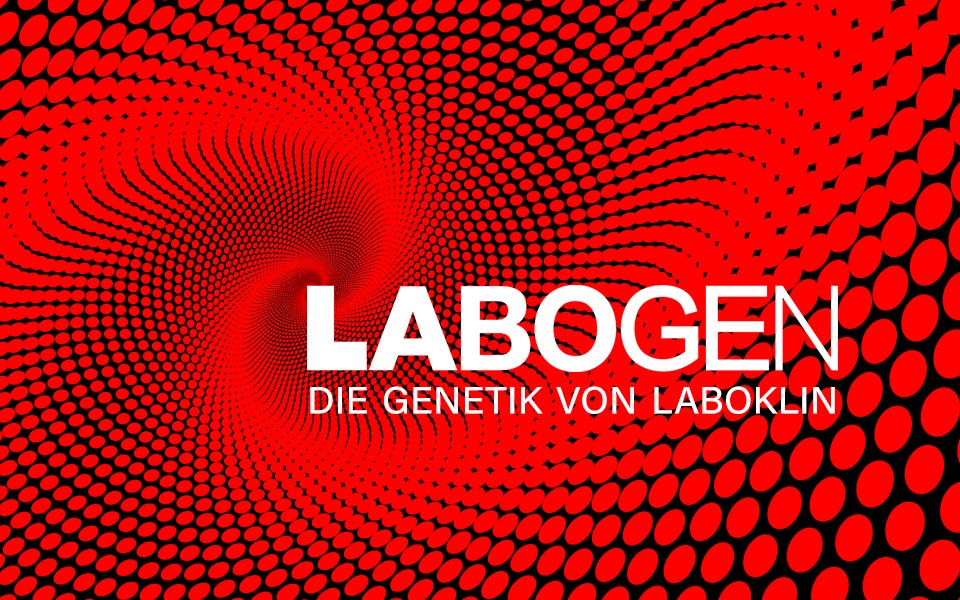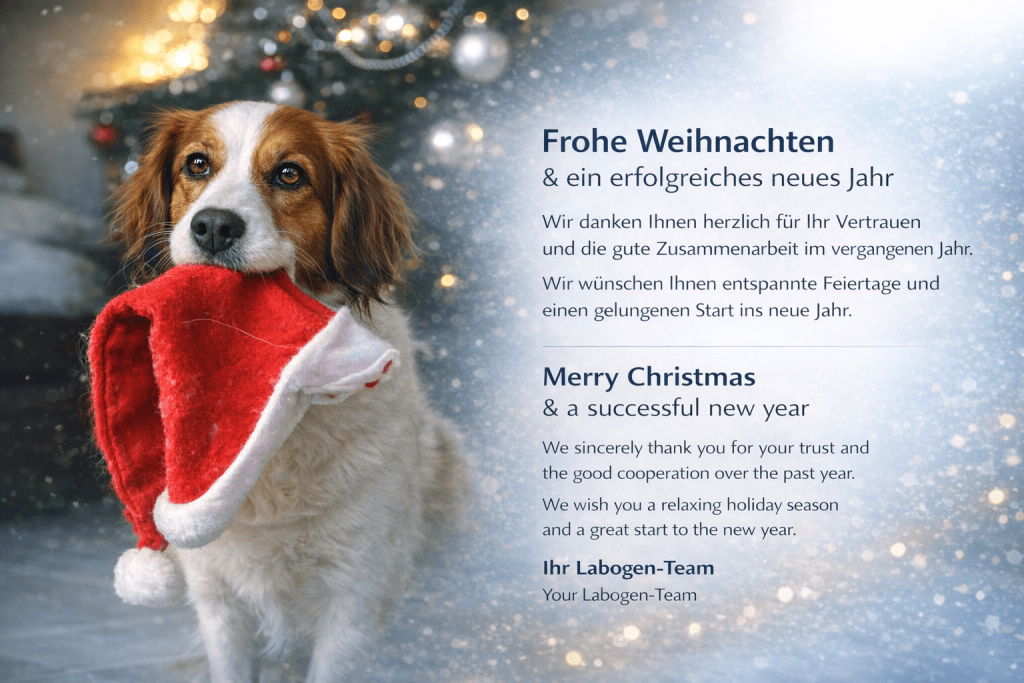Colour / coat length / hair structure
- Home
- Colour / coat length / hair structure
The role of the coat colour and coat characteristics in breeding
Coat colour and hair structure often contribute significantly to the breed-typical appearance of an animal. Some breeding associations even only recognize certain colour variants and/or coat lengths and only the corresponding animals are approved for breeding (this is referred to as the(breeding standard). The coat colour and hair length often play an important role in the decision to buy a new family member.
Genetic tests can be used to examine an animal’s predisposition to certain coat characteristics. Predictions can be made about the possible appearance of the offspring based on the variants present. In addition, a statement about the coat colour in adulthood can already be made at puppy/kitten or foal age, even if this should change again in the meantime.
The variety of colours and patterns
Although it has not yet been possible to identify all the genes that give rise to the wide variety of coat colours and characteristics in dogs, cats and horses, many coat characteristics can already be studied for their genetic cause. For example, in addition to a variety of coat colour tests, there are tests for spotting, markings and patterns, colour dilution, coat length (short or long) and coat texture (smooth, rough, curly).
The influence of colour variants on health
Some variants not only have an effect on the external appearance, but also on the health of our four-legged friends. In particular, genes that control the distribution of white patterns influence not only the pigmentation of the coat, but also the development and formation of the auditory and visual sensory cells. In these cases, breeders should always determine the genotype of the animal before breeding and select an appropriate mating partner in order to avoid possible health problems or even torture breeding.




